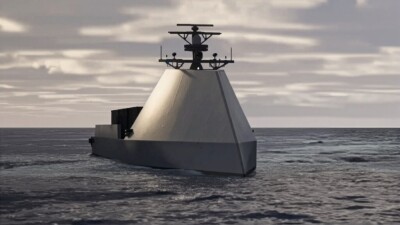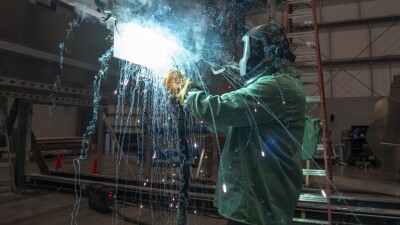How do hybrid 'hubs' such as KVH ONE and TracNet newly enable connectivity at sea?
KVH
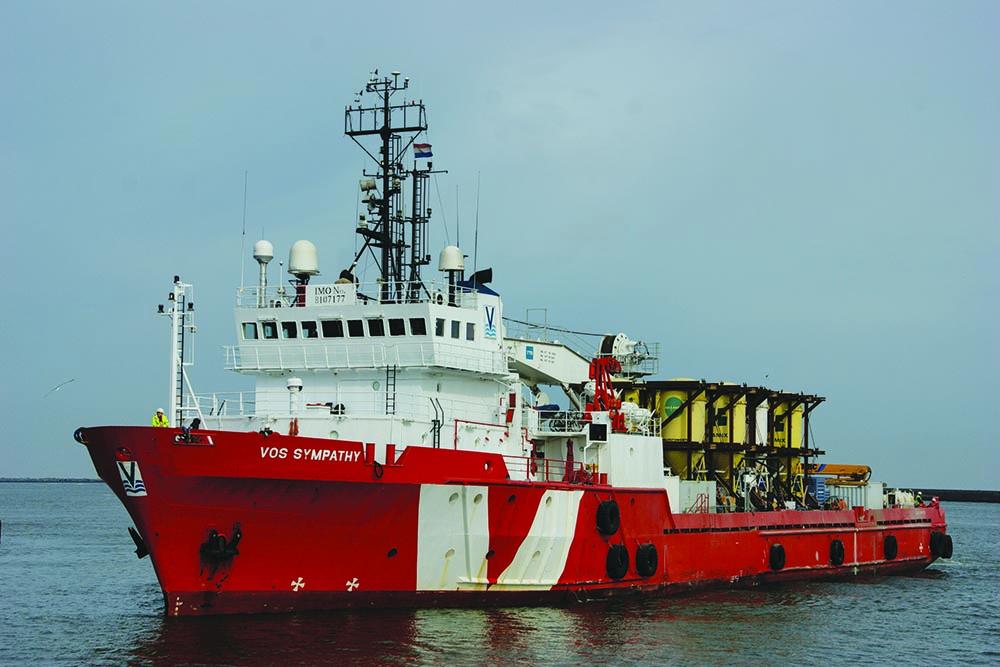
We’ve detailed what increased connectivity at sea means when it comes to pushing the maritime industry to further evolve into a smarter, more efficient, technologically advanced industry.
This evolution isn’t just about technology though, as vessels use connectivity for much more than communication, with tasks that range from cybersecurity to data transfer to IoT monitoring. Additionally, crews of all types have become accustomed to connecting through their phones and computers to the point that being connected digitally throughout the day is an expectation on a professional and personal level.
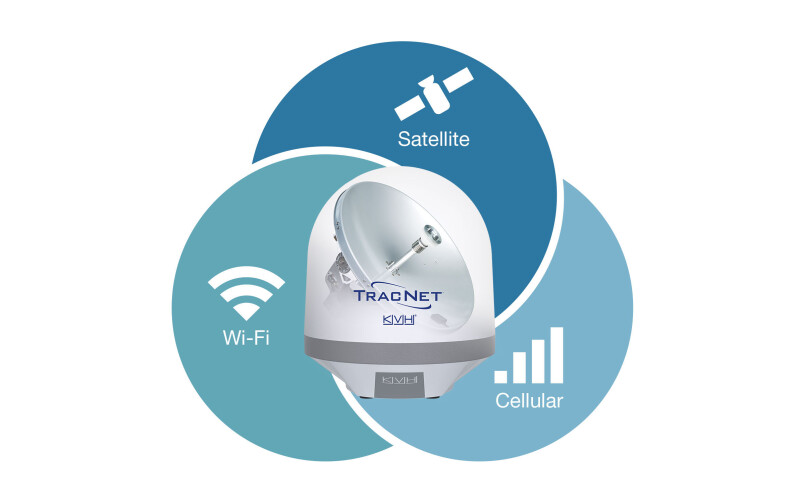 For many organizations, the fear of using very expensive data made fleets and ship owners leery of adopting or integrating a new connectivity solution. Sorting out the options with distinct satellite, cellular, and Wi-Fi technology products made those challenges even more pronounced. Being able to address both of these concerns is part of the reason that KVH ONE & TracNet have resonated in such a big way. While it is the only fully integrated hybrid solution to incorporate the three distinct connection options (satellite, cellular, and Wi-Fi), the key point of difference is that the solution accommodates vessels at every point of their journey – from port to mid-ocean. Other solutions require multiple antennas and more involved integration but have less intelligence in the hybrid functionality.
For many organizations, the fear of using very expensive data made fleets and ship owners leery of adopting or integrating a new connectivity solution. Sorting out the options with distinct satellite, cellular, and Wi-Fi technology products made those challenges even more pronounced. Being able to address both of these concerns is part of the reason that KVH ONE & TracNet have resonated in such a big way. While it is the only fully integrated hybrid solution to incorporate the three distinct connection options (satellite, cellular, and Wi-Fi), the key point of difference is that the solution accommodates vessels at every point of their journey – from port to mid-ocean. Other solutions require multiple antennas and more involved integration but have less intelligence in the hybrid functionality.
TracNet was designed to give vessels and stakeholders everything they need to be successful at sea and ensure crew productivity and well-being. What does it actually mean to adopt this kind of connectivity solution though? And what are the logistics associated with doing so?
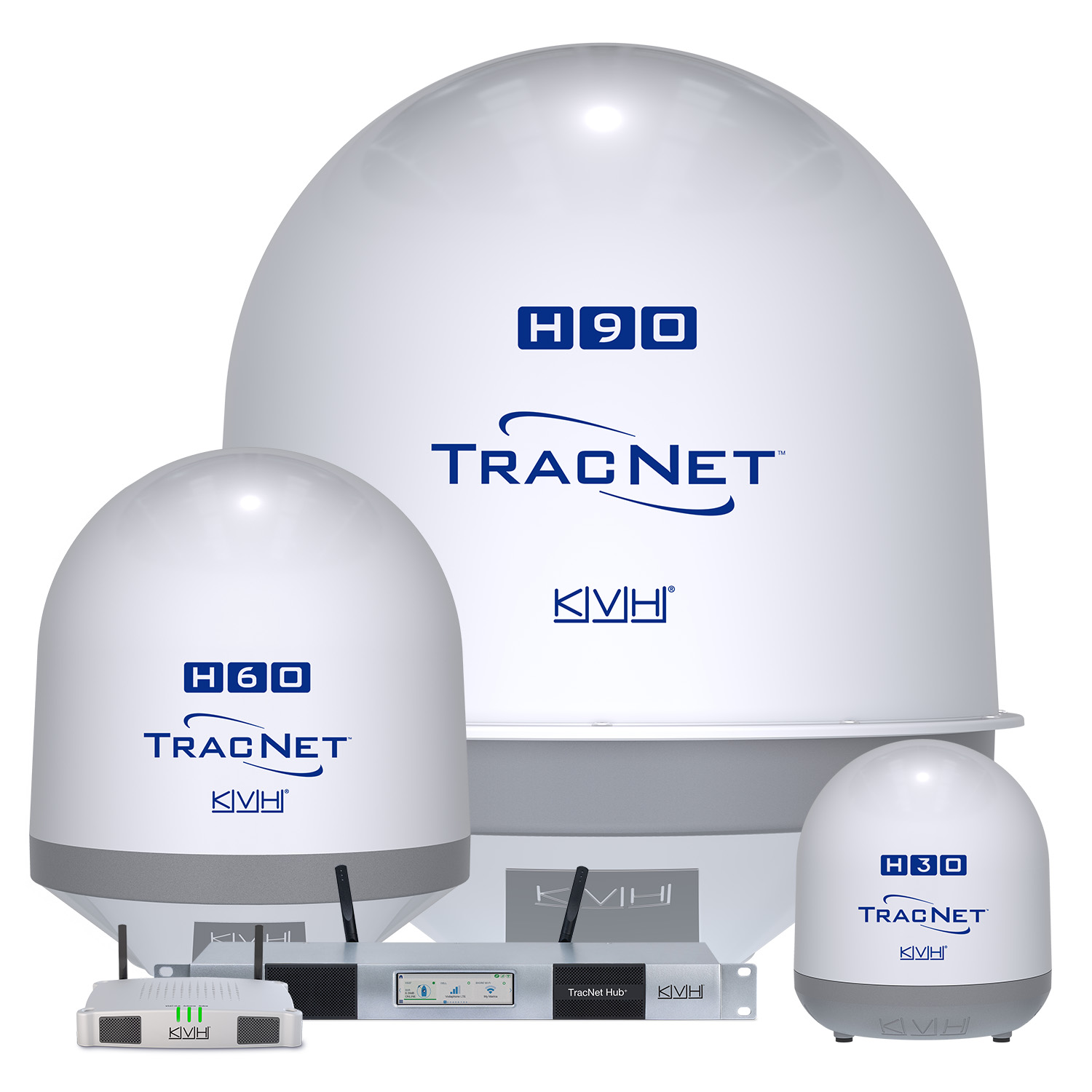
Hubs of Connectivity and More
Considerations when it comes to using either Wi-Fi, cellular or satellite connections vary by the type of vessel and the work they do. Brown water vessels like tugs are typically close to shore, and the crew can typically pick up a cellular or Wi-Fi signal on personal cell phones, provided they are above deck. Below deck, signals are weak which means constraints. Manually switching from one connection method to another can be a cumbersome experience, which is why hybrid solutions that automatically use the best connection method available have been developed.
Hybrid connectivity solutions are designed to mirror cell phone service, which utilize a variety of connectivity options from 5G to LTE to Wi-Fi to Bluetooth. Most cell phones will switch from option to option based on the best and strongest option available and that same concept defines hybrid solutions for maritime. These systems are designed to provide this same type of seamless transition from one connectivity option to another and allow mariners to connect no matter what their location, sea state or speed. However, TracNet hybrid terminals are designed to be “hubs” of connectivity that support this concept on multiple levels.
“A true ‘hub’ should accommodate a variety of connectivity options that best serve a particular vessel or fleet, said Chris Watson from KVH. “After all, does it matter whether you connect via VSAT, cellular, a LEO service, or Wi-Fi?” It really shouldn't. The connections should be invisible to you. Captains and crew care about WHAT they can do when connected, not HOW they are connected. The hub should automatically switch channels to connect to the optimal communication option.”
This short video visually illustrates the concept:
Switching should be driven by factors such as service availability, costs, and the quality of data transfer, which is exactly what drives the automatic switching of TracNet to allow crews to enjoy connectivity that is closer to what they are accustomed to at home. TracNet H-series terminals employ automatic network switching for all integrated and connected services/channels. This includes non-KVH products and services. It makes it incredibly easy for crews to focus on optimal performance at all times, automatically and intelligently. There is no action needed on the part of the crew once the system is in place.
Additional logistics include KVH's TracPhone V30 and TracNet terminals include advanced network-level firewalls, automated threat management, secure boot, encrypted drives, and more. These additional features allow the product to serve as a “hub” that isn’t just about connectivity but also addresses other key concerns for crews, like security.
“Cybersecurity is fundamental to KVH,” said Watson. “We help fleets deal with cybersecurity risks through integrated hardware and network controls. We employ cybersecurity-by-design principles to the development of hardware, software, and global communications networks. We also employ a multi-level cybersecurity program and offer optional enterprise-grade upgrade packages.”
The KVH Manager utilized by the KVH TracNet H-series offers plenty of easy tools to manage connections, allocate data and easily report on how and where that data is being used. What does it mean for vessel owners and crews to both install and effectively leverage these options though?
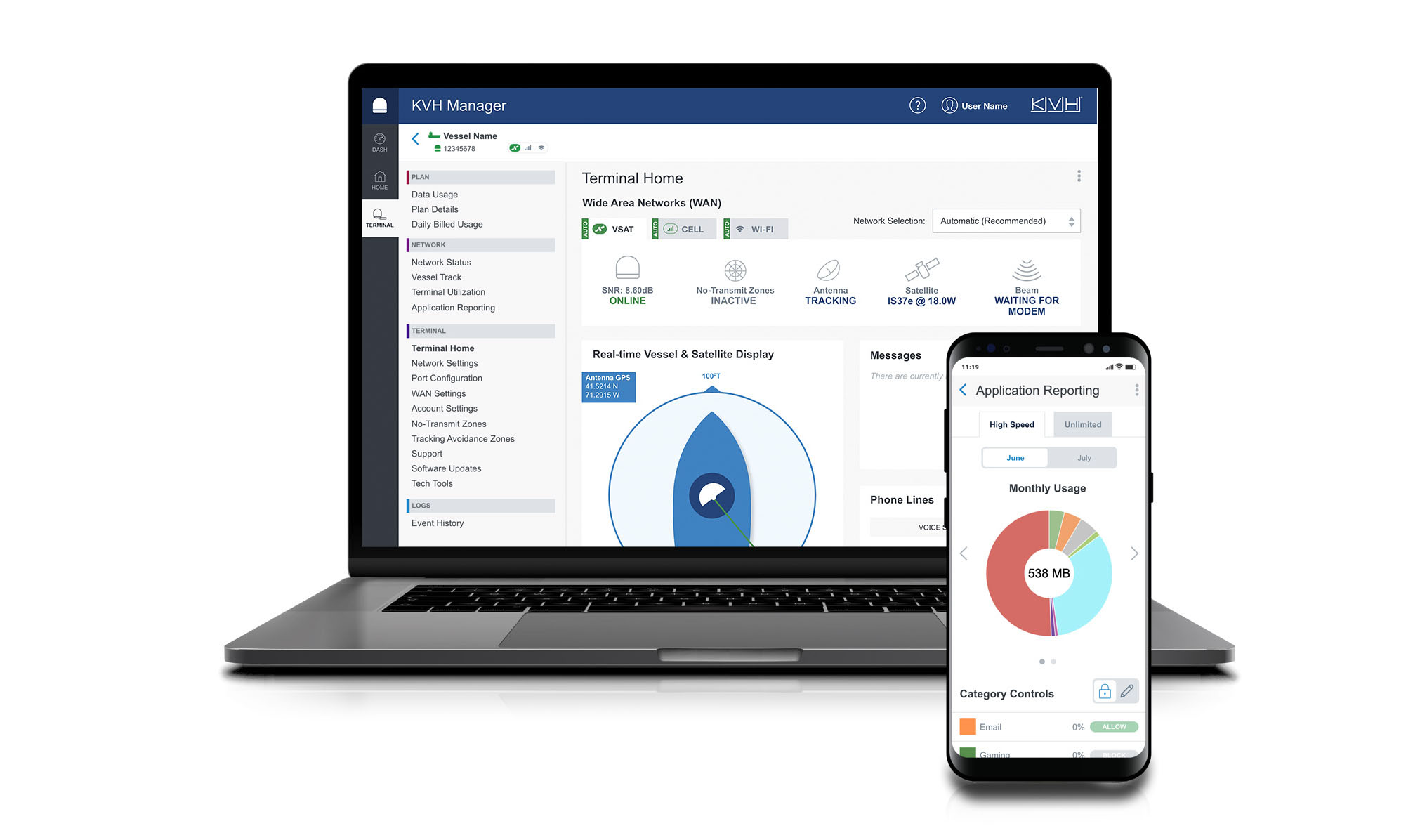
Which system or solution is the “best”?
While the KVH Manager tool is an intuitive, comprehensive tool that allows the captain to manage the system and set parameters, there are numerous considerations when it comes to choosing the right hybrid solution. While vessel owners can something talk about the “best” solution available, the capabilities of the TracNet H30, H60 and H90 need to be considered based on the need for a given vessel or crew.
“There are a number of factors to consider when choosing a terminal size.” Watson mentioned. “One is the size of the vessel and the ability to physically install the terminal in a stable location without blockage. The other is the needs of the vessel – the amount and speed of data, and the operations they wish to perform with the hardware (i.e., data sharing with shore, crew communications, etc.). Although less important on commercial vessels, there is a consideration for aesthetics and matching dome sizes if a vessel is utilizing multiple terminals (i.e., satellite TV and communications). And it's important to note that a larger dome allows for more bandwidth, faster speeds, and less expensive airtime. A larger dome is often more efficient and less expensive in the longer term.”
These solutions create options on multiple levels, which includes integration with other products. TracNet terminals can connect to and manage additional terminals, such as Starlink, Iridium, and other solutions, as alternative primary or backup channels. Additionally, Iridium backup, shore-based hardwire connection while at the dock, and alternative satcom solutions (GEO and NGSO) for alternative primary or backup can all be integrated.
TracNet offers the ability to be updated remotely and to easily integrate with new systems and technology, so ships can take advantage of an end-to-end solution. With TracNet, vessels get hardware, multiple channels, advanced controls, and advanced applications not available with new pipe-only solutions.
This video visually showcases this ease of use and integration:
The benefits a TracNet terminal could enable for a ship or crew are obvious, but moving away from the way things have always been done can sometimes seem too onerous. Holding onto outdated systems or processes is an inherently risky proposition given the changes to technology and connectivity expectations that truly are changing the maritime industry, especially when they can be explored via a single belowdeck unit with limited expenditure.
“Programs like KVH's AgilePlans allows you to bring TracNet to a vessel or fleet with no CAPEX, no commitment, subsidized installation and shipping costs, and flexible monthly subscriptions,” Watson mentioned. “There is no action needed on the part of the crew once the system is in place, while fleets and ship owners no longer need to have a fear of using very expensive data.”
Modern connectivity solutions like TracNet have changed things for the better on every level, which means vessel stakeholders need to consider whether their current connectivity solutions are allowing crews to plug into their phones and communication options in a way that they’ve come to expect in order to reach their loved ones back home or their manager that is located on another part of the vessel, further highlighting how essential it is to keep crews connected to the best communication options at all times, in all sea states.





